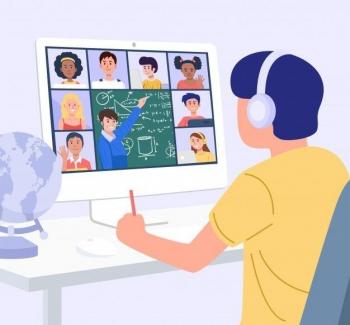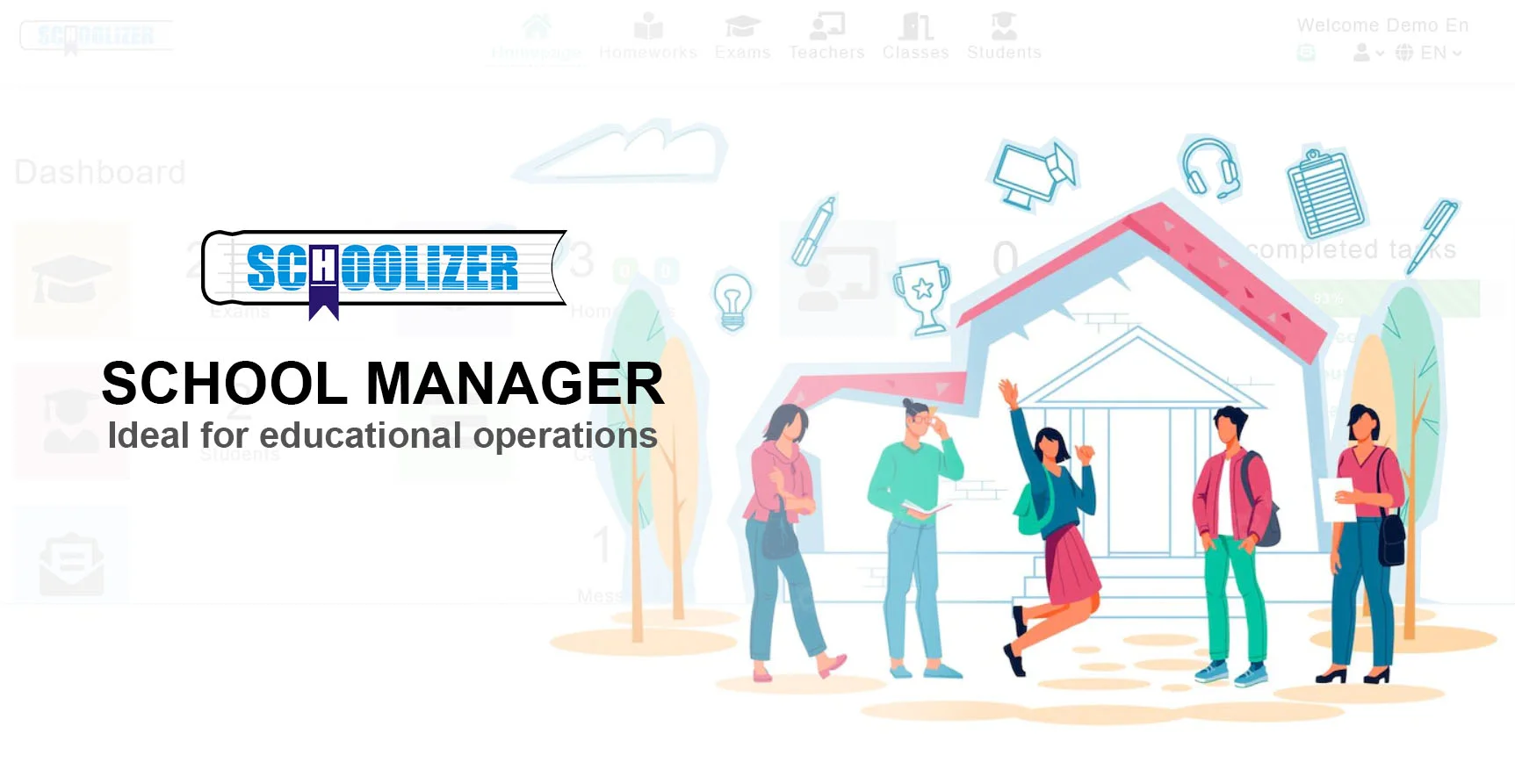Zero-Percent, No-Fee Loans: A Revolutionary Solution for College Students

A New Lifeline for College Students: Zero-Percent, No-Fee Loans
What if there was a way for college students to borrow money without worrying about interest rates or hidden fees? How could such a program change the landscape of higher education financing? A groundbreaking initiative is offering just that—zero-percent, no-fee loans to help students bridge financial gaps without drowning in debt. Let’s explore how this innovative approach works and why it could be a game-changer for students nationwide.
The Rising Cost of Higher Education
The cost of attending college has skyrocketed over the past few decades, leaving many students and families struggling to afford tuition, books, and living expenses. Traditional student loans often come with high-interest rates and fees, creating a financial burden that can last for years—even decades—after graduation. For low-income students, this debt can be especially crippling, limiting their career choices and financial stability.
A real-world example is Sarah, a first-generation college student who had to take out $30,000 in loans to complete her degree. Despite landing a stable job after graduation, her monthly payments eat up a significant portion of her income, delaying her ability to save for a home or start a family.

How Zero-Percent, No-Fee Loans Work
Unlike traditional student loans, zero-percent, no-fee loans eliminate interest charges and additional costs, allowing students to repay only the principal amount borrowed. These programs are often funded by nonprofits, universities, or state initiatives aimed at reducing financial barriers to education.
For instance, the Junto Education program partners with colleges to offer interest-free loans to students who demonstrate financial need. Recipients are required to repay the loan within a set timeframe, but without the burden of compounding interest, the total cost remains manageable.

Benefits for Students and Families
The advantages of zero-percent loans extend beyond just affordability. Here are some key benefits:
- Reduced Financial Stress: Students can focus on their studies instead of worrying about mounting debt.
- Faster Repayment: Without interest, borrowers can pay off loans more quickly.
- Improved Credit: Timely repayments help build a positive credit history.
- Greater Accessibility: More students from low-income backgrounds can pursue higher education.
A practical example is the University of Michigan’s interest-free loan program, which has helped hundreds of students graduate with little to no debt.

Challenges and Limitations
While zero-percent loans are a promising solution, they are not without challenges. Funding is often limited, meaning not all eligible students can benefit. Additionally, some programs require strict eligibility criteria, such as maintaining a certain GPA or enrolling in specific majors.
Another hurdle is awareness—many students don’t know these programs exist. For example, a survey found that only 15% of college students were familiar with interest-free loan options, highlighting the need for better outreach.
The Future of Student Financial Aid
As the demand for affordable education grows, zero-percent loan programs could become a cornerstone of student financial aid. Policymakers and educators are increasingly recognizing the need for innovative solutions to the student debt crisis.
States like Tennessee and Oregon have already piloted similar initiatives, showing promising results. If scaled nationally, these programs could transform higher education financing, making college accessible to millions more students.
How to Apply for Zero-Percent Loans
For students interested in these programs, here’s a step-by-step guide:
- Research: Check with your college’s financial aid office or search for nonprofit programs.
- Eligibility: Review requirements, such as income limits or academic performance.
- Application: Submit necessary documents, including proof of enrollment and financial need.
- Repayment Plan: Understand the terms, including the repayment timeline and any conditions.
Programs like ISLP (Iowa Student Loan) offer online resources to help applicants navigate the process.






